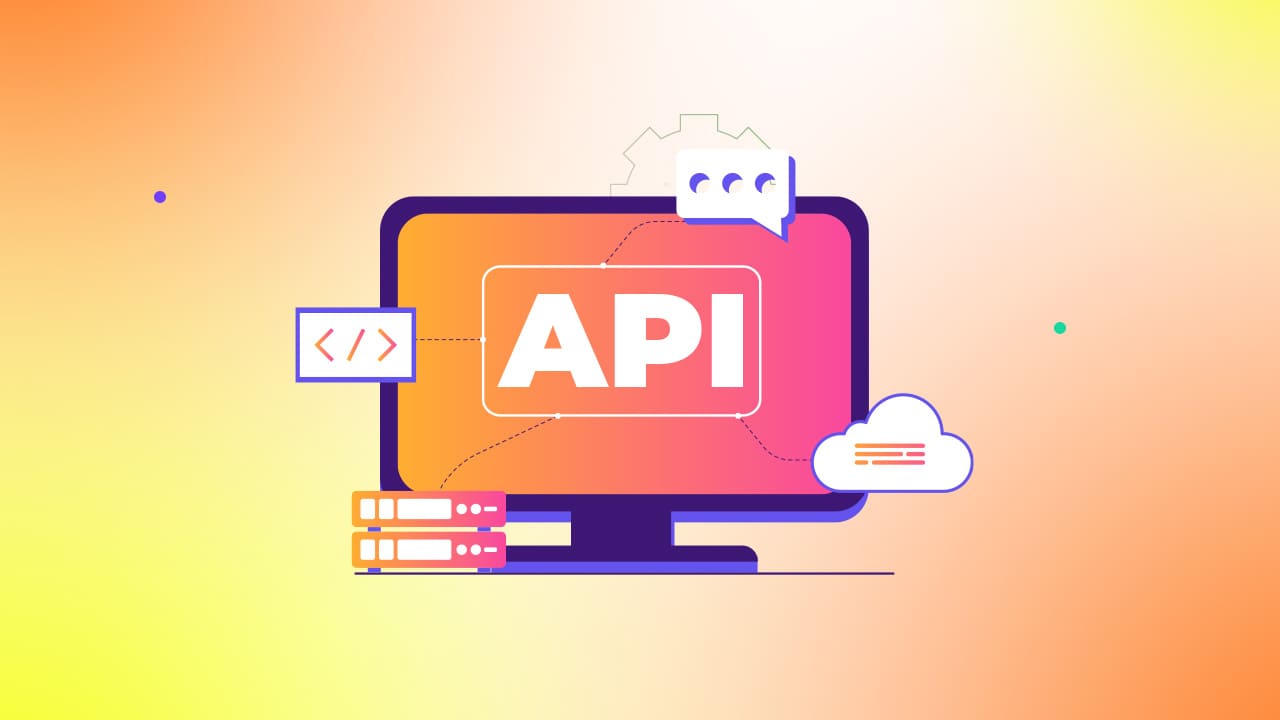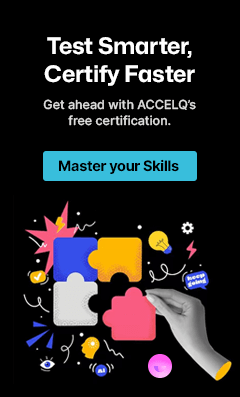What are Mocking and Stubbing in API Testing? A Beginner’s Guide

Testing of APIs thoroughly is required as modern applications depend a lot on them. What happens when those external services or internal components your API is calling don’t exist for you to use when you’re developing? Here is where mocking and stubbing in API testing become important. Mocks and stubs not only allow testers to isolate components, but they also make it easier to speed up the development process by simulating API behaviors and responses, and identify bugs before they are carried further through the product cycle.
In this guide, we’ll explain what mocks and stubs are, how they’re different, when to employ each of them, and finally, how to write them. We will also discuss the role of APIs throughout the software testing process.
- What is API Mocking?
- What are API Stubs?
- Stubbing vs Mocking in API: Key Differences
- How to Create a Mock API (Step-by-Step)?
- When Should You Use Stubs?
- Mocking vs Stubbing in API (Revisited with Use Cases)
- Advantages of Mocking and Stubbing in API Testing
- Real-World Implementation Tips
- How to Stub API Calls?
- Conclusion: Mocks, Stubs, and Smarter API Testing
What is API Mocking?
API mocking is a method of simulating the behaviour of a real API. It’s a mockable engine that offers support for simulating an API or resource, and can be tested locally without communicating to the API. This is particularly useful when:
- The real API is still under development
- The service has rate limits or usage costs
- You need consistent and predictable test responses
A mock API will serve up the predetermined ‘answers’ provided for the specific calls it receives, which can help test how your application handles different scenarios.
Mocking is a great tool for the early stages of developing integration pieces that verify all client-side code without having to wait for the backend to be implemented in its entirety.
What are API Stubs?
A stub represents the smallest implementation of an interface or service and returns hardcoded data, intended for unit testing. Depending on the request (or behavior), mock APIs can behave differently, whereas stubs usually return static data and are a way to isolate a smaller part of a unit of work.
In essence:
- Stubs are used for local, internal testing of specific units.
- Mocks are more dynamic and used for broader integration testing.
For instance, a stub might always return a static response like {status: ‘ok’} for a login function, while a mock API might return different responses based on the username or password provided.
Stubbing vs Mocking in API: Key Differences
Understanding the difference between stubbing vs mocking in API testing is important for effective test architecture:
| Feature | Stub | Mock |
|---|---|---|
| Purpose | Isolate and simulate methods | Simulate API/service behavior |
| Response Type | Static / Hardcoded | Configurable/Dynamic |
| Use Case | Unit testing | Integration/system testing |
| Flexibility | Low | High |
| Setup Complexity | Low | Moderate |
If you’re wondering mock vs stub API, the decision often comes down to scope: use stubs for internal dependencies and mocks for external ones.
💡Want to go beyond mocks and stubs?
Supercharge Your API Testing Efforts with our free eBook.
How to Create a Mock API (Step-by-Step)?
Creating a mock API can be simple and highly beneficial for front-end and integration testing.
- Choose a Tool: Postman, Mockoon, WireMock, or ACCELQ’s built-in API simulation engine
- Define Endpoints: Match the endpoints your real API will have
- Set Up Mock API Responses: Configure different HTTP status codes and JSON bodies
- Add Dynamic Behavior: Simulate different results based on request headers or parameters
- Integrate with Your Test Suite: Point your tests to the mock server instead of the real one
Mock REST APIs not only improve early testing efficiency but also help validate error-handling paths, such as simulating a 500 server error.
When Should You Use Stubs?
Use stubs when:
- Testing a specific module in isolation
- You don’t need complex logic in the response
- External services are too slow or unreliable
For example, in function stubbing, a call to a payment service might always return “Payment Approved” during unit testing to avoid triggering real transactions.
Stub programming is often used in Test-Driven Development (TDD), where you define test cases before the actual logic exists.
Mocking vs Stubbing in API (Revisited with Use Cases)
Let’s revisit mocking vs stubbing in API testing through examples:
- Stubbing: You’re unit testing a signup form. The email verification step uses a stub to always return “email sent.”
- Mocking: You’re testing the complete user registration workflow, and the mock server returns different responses based on request payloads, simulating success and failure.
For more context on API behaviors in real scenarios, learn how ACCELQ supports exploratory testing with assistive tools.
Advantages of Mocking and Stubbing in API Testing
- Faster Development: Test features without waiting for backend services
- Parallel Testing: Frontend and backend teams can work independently
- Improved Coverage: Simulate edge cases and rare conditions
- Lower Costs: Avoid hitting third-party rate limits or incurring usage fees
- Stable Testing: Eliminate dependencies on unstable or unavailable services
Mock APIs also enable automated regression testing and help maintain consistent test environments.
When you are employing big teams with agile development, it is the integration of these teams in CI/CD pipelines.
Real-World Implementation Tips
- Use Mock Servers for Early Integration Testing
- Apply Stubs for Isolated Unit Testing
- Maintain Versioned Mock Responses
- Validate Both Success and Error Scenarios
- Avoid Overusing Stubs: They can give false confidence if too detached from real APIs
When using a mock API server, ensure logging and observability to trace issues effectively during test failures.
How to Stub API Calls?
If you’re wondering how to stub API calls, here’s a simplified version:
- Create a test double or mock function
- Replace the real API call in your code with the test double
- Return static values or expected outputs
You do this with something like Sinon. js (JavaScript), Mockito (Java), or unittest. mock (Python). Players like ACCELQ provide mocking logic in the automated test flows with a visual configuration, so no code maintenance is required manually.
Conclusion: Mocks, Stubs, and Smarter API Testing
Whether you are mocking a third-party payment gateway or stubbing an internal service method, both ways can contribute to building better software, faster. As APIs become more complicated and interdependent, simulating, isolating, and verifying behavior is required.
When you integrate mocks and stubs into your API testing lifecycle, when coupled with tools like ACCELQ’s GenAI-powered autopilot, you can enable your teams to test early, test fast, and test right.
Yuvarani Elankumaran
Technical Consultant at ACCELQ
Yuvarani Elankumaran is a highly skilled technical consultant at ACCELQ. With over a decade of experience in the field of Test Automation, Yuvarani is a seasoned professional who is well-versed in a variety of programming languages and automation frameworks.
You Might Also Like:
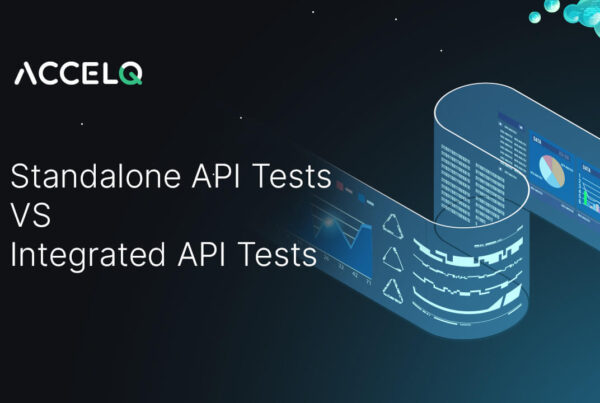 Standalone API Tests vs. Integrated API Tests
Standalone API Tests vs. Integrated API Tests
Standalone API Tests vs. Integrated API Tests
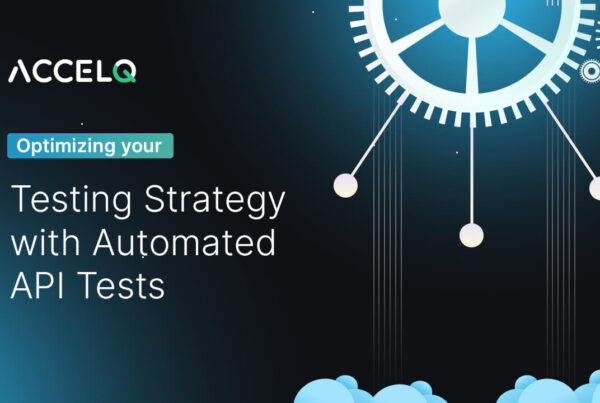 Optimizing Your Testing Strategy with Automated API Tests
Optimizing Your Testing Strategy with Automated API Tests
Optimizing Your Testing Strategy with Automated API Tests
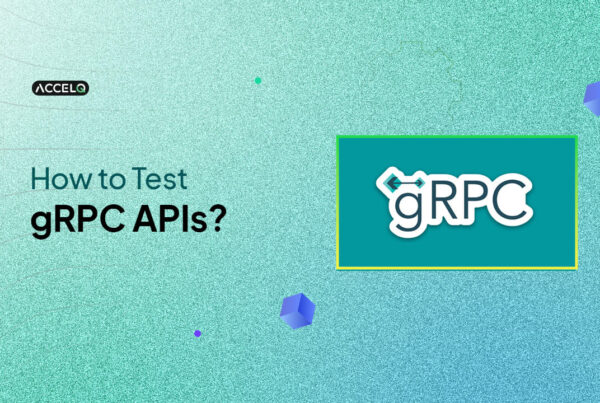 How to Test gRPC APIs?
How to Test gRPC APIs?






























